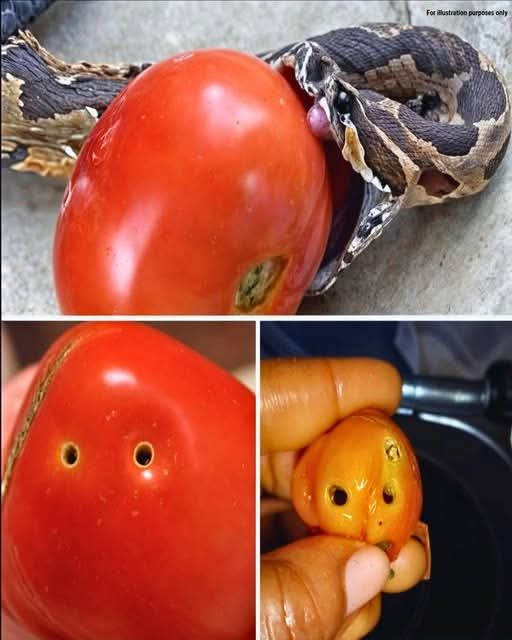Picture this: you’re about to make a fresh salad or sandwich, you grab a beautiful tomato from your garden or grocery bag, and there it is – a mysterious hole staring back at you. Before you panic and throw it away, let’s uncover what these holes really mean and whether your tomato is still good to eat.

Those uninvited holes usually come from one of three sources: hungry insects, curious animals, or natural growing conditions. The most common culprits are tomato fruitworms, hornworms, or stink bugs that treat your precious produce like their personal buffet. Birds and squirrels can also be to blame, especially when they’re thirsty or looking for a quick snack. Sometimes, the holes aren’t from pests at all but rather from weather conditions or growth abnormalities with funny names like “catfacing.”

Now for the big question: can you still eat it? If the hole is small and the inside looks fresh with no signs of mold or insects (always check carefully!), you can simply cut away the damaged portion. But if it looks suspiciously soggy, has mold, or worse – shows signs of something still living inside – it’s best to toss it. Trust us, finding unexpected movement in your tomato is an experience you’ll want to avoid.

Preventing these holes is easier than you might think. Regular plant inspections, proper watering techniques, and using protective netting can save your tomatoes from becoming pest targets. Planting companion herbs like basil or marigolds nearby can naturally repel insects while adding flavor to your garden. Keeping your growing area clean and free of debris also discourages pests from moving in.

The next time you find a hole in your tomato, don’t despair. With a little detective work, you can identify the cause and take steps to protect the rest of your crop. After all, homegrown tomatoes are worth the extra effort – even if they occasionally come with unexpected surprises.


